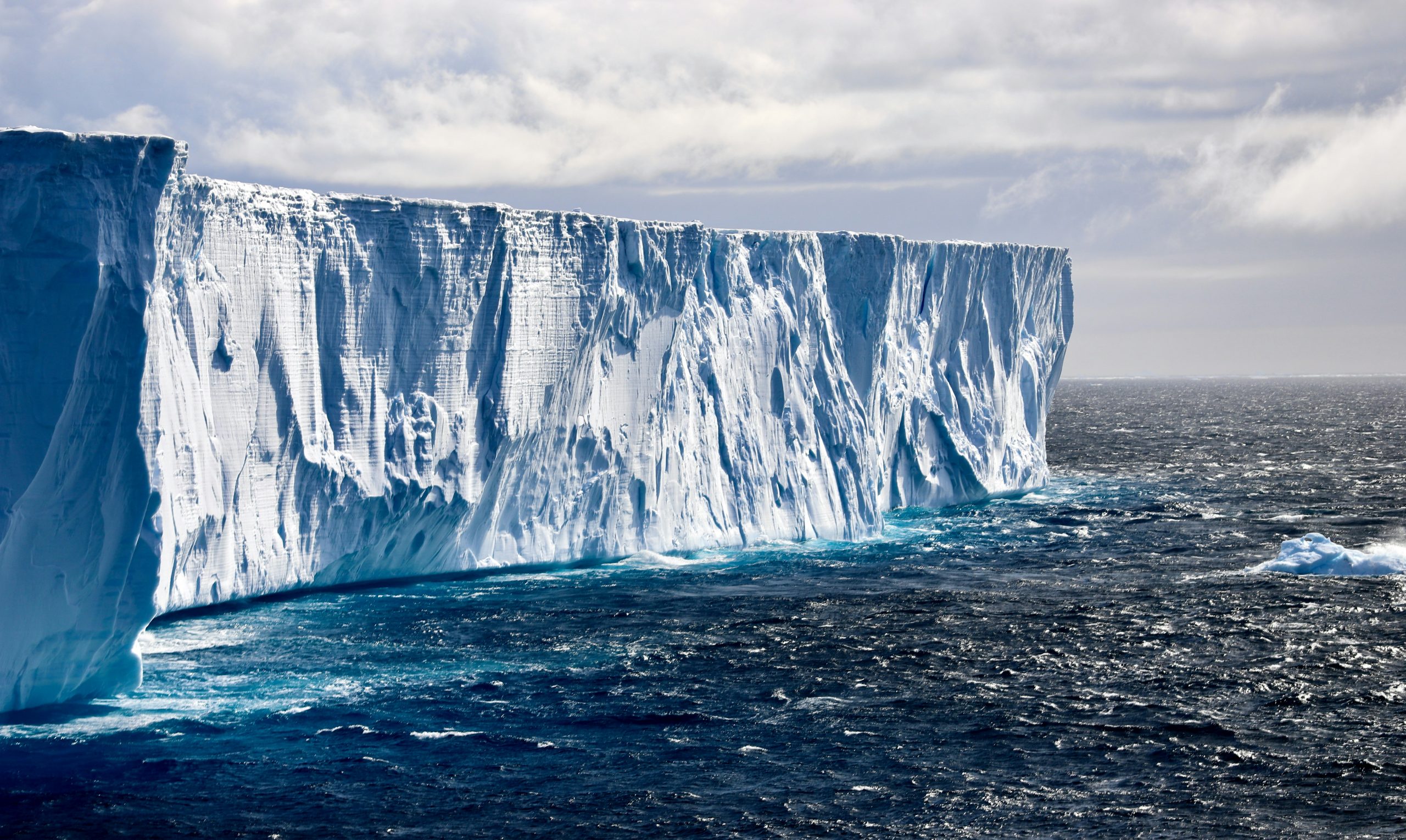
An uncertain future for the Antarctic Slope Current
Scientists are working to better understand a risk to Antarctica’s future, after finding climate change could significantly alter the ocean current protecting the frozen continent from warmer waters further north.
New research published in Geophysical Research Letters predicts the melting of Antarctic ice will alter the Antarctic Slope Current, estimating it will be around 50 per cent faster by 2050.
The Antarctic Slope Current flows westward and encircles almost the entire continent, forming a protective barrier between the Antarctic ice and the warmer waters in oceans to its north.
Warm water reaching Antarctica can cause ice to melt, with far-reaching impacts that further threaten the stability of our global climate.
Lead author Ellie Ong, a Research Fellow with the ARC Centre of Excellence for 21st Century Weather based at Monash University and former student at the Australian Centre for Excellence in Antarctic Science, said the predicted changes followed the increase in global temperatures, causing Antarctic ice to melt.
“The meltwater coming off Antarctica is fresh and therefore less dense than the salty, coastal waters, so it changes the structure of the current,” Ellie said.
“Antarctica’s last oceanic defence could be transformed by the very ice it shields.
“We have more work to do to fully understand the impacts of the increased speed of the current and the turbulence it will generate, but we already know that the structure of the Antarctic Slope Current is tied to heat transport towards Antarctica around large sections of the continent.
“Continuing to investigate future Antarctic Slope Current changes and heat transport towards Antarctica is therefore hugely important.”
The possible consequences of Antarctica Slope Current changes do not end with increased ice melting, and are a further warning about the critical need for fast and decisive global climate action.
Future increased ice melt will alter the global network of deep ocean currents, with huge ramifications on deep ocean nutrient levels, carbon uptake, and the further heat transport towards Antarctica.
Ice melt also translates to sea level rise, even a few centimetres of which can double the chances of flooding in vulnerable coastal regions.
“If we continue down our current path, this last line of defence may falter,” Ellie said.
“To preserve it, and to slow the unravelling of Antarctica’s icy hold on sea level and climate systems worldwide, we must act.
“Cutting carbon emissions isn’t optional; it’s the only way to hold the line.”
Read the paper online here: https://agupubs.onlinelibrary.wiley.com/doi/10.1029/2024GL113983
The work took place in collaboration with the Climate Change Research Centre and Centre of Marine Science and Innovation at UNSW, the Australian Antarctic Program Partnership and Institute for Marine and Antarctic Studies at the University of Tasmania, and the University of Melbourne.
Dr Ellie Ong is based at Monash University, which contributed to the promotion of this research.
